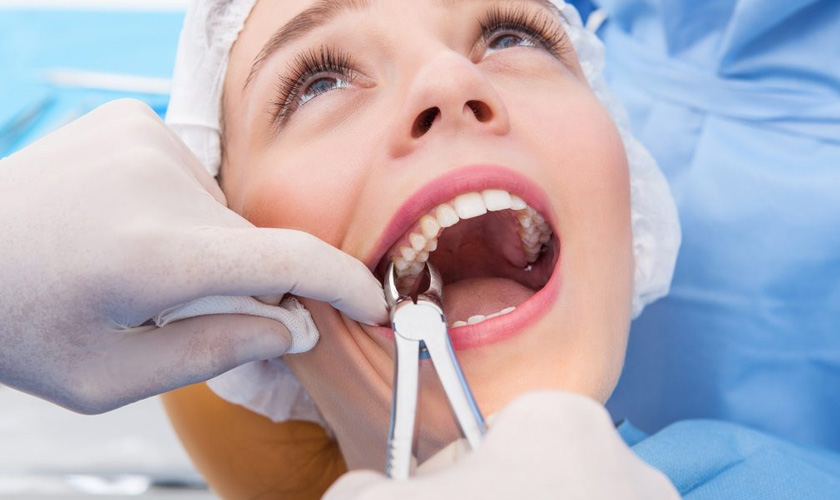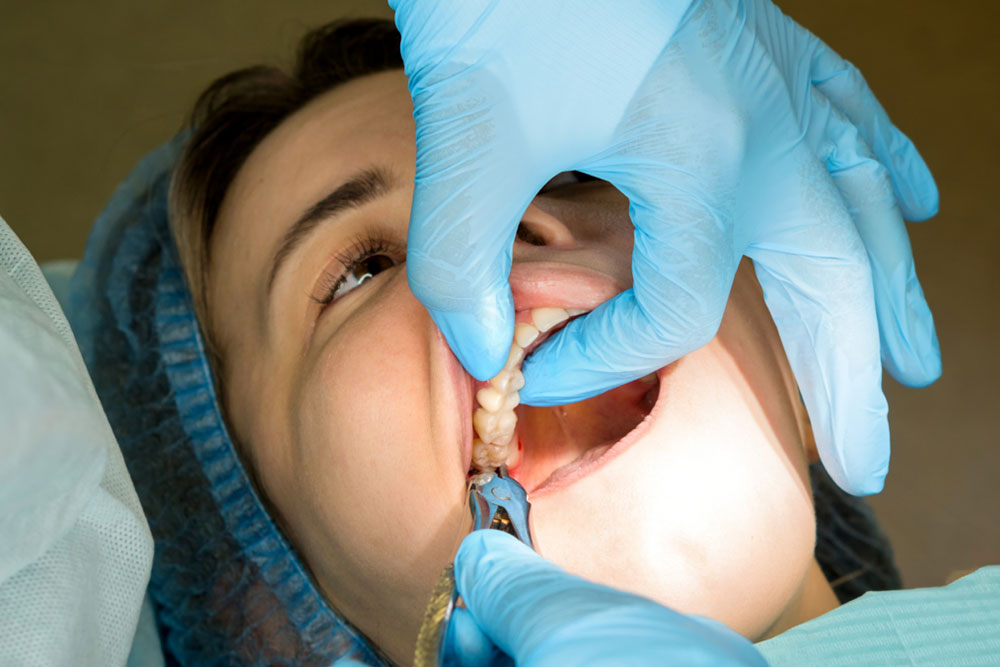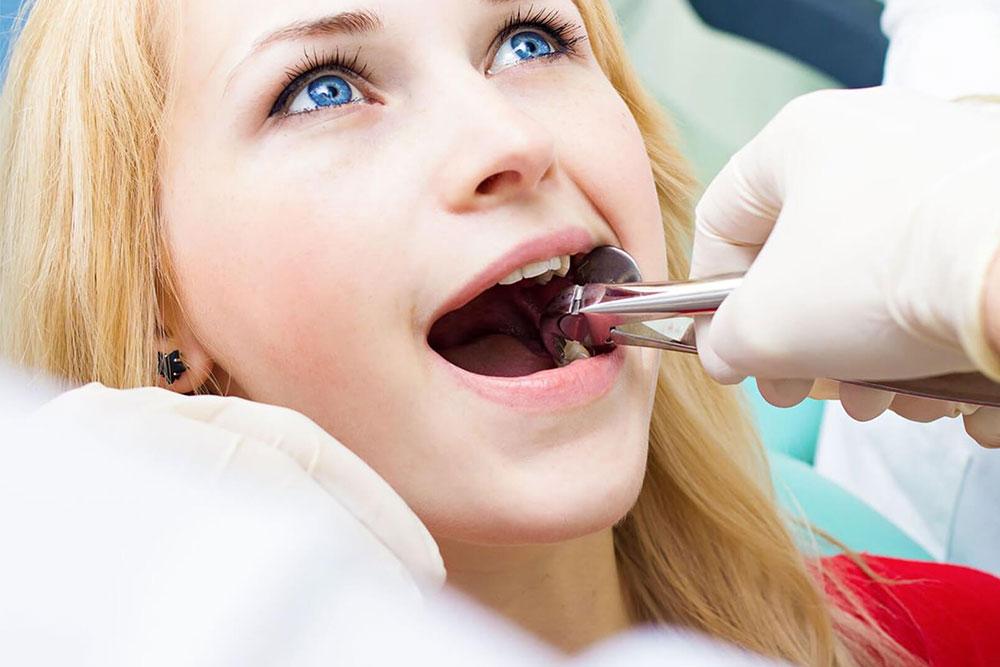
- Timing the clock on eruption
- Why the window matters for orthodontic stability
- Extraction recovery and lifestyle advantages
- Preventing impaction and pathology
- Counting the dollars—why earlier can be cheaper
- Practical questions to ask at the consultation
- Key take-aways for families
- Frequently Asked Questions
Parents who have just finished paying for braces are sometimes surprised when the orthodontist books their teenager in for wisdom-tooth surgery before Year 12 exams roll around. Extracting third molars while the retainer is still new may look aggressive at first glance, yet it matches long-standing clinical and economic reasoning in Australia.
Timing the clock on eruption
Wisdom teeth usually start pushing through the gum somewhere between 17 and 25 years of age, but the first signs on an X-ray can turn up earlier in high-school students. By 15–17, the roots are only about two-thirds formed, which means the tooth is still mobile inside softer bone. Dentists report that extractions at this stage are faster and carry a lower risk of nerve injury or jaw fracture than procedures carried out in the mid-twenties. Because the operation is less complex, theatre time is shorter and the anaesthetic lighter—a point worth remembering when weighing up wisdom teeth removal Sydney options.

Why the window matters for orthodontic stability
Crowding of the lower front teeth after braces is the nightmare teenagers dread and parents pay to avoid. Whether impacted third molars actively push the front six teeth out of line remains controversial, but several recent systematic reviews still find an association, especially in patients who skip retainer wear. Most orthodontists therefore adopt a “risk-reduction” stance: if another tooth is not going to erupt and upset the carefully balanced bite, the long-term outcome looks safer. The advice is usually framed around protecting the investment families have already made in aligners, bands and arch wires—and it resonates with anyone who remembers the cost of that first set-up appointment. By coincidence, the timing dovetails with school holidays and the teen immune system’s prime healing years, a bonus when managing post-op care for wisdom teeth Sydney patients.
Extraction recovery and lifestyle advantages
Teenagers mend bone more quickly than adults and bounce back to normal eating in days rather than a fortnight. The risk of dry socket, infection or prolonged swelling climbs with age, largely because blood supply to the jawplate diminishes over time. Shorter downtime fits neatly into school and sport calendars, sparing students from missing exams or big games. For parents, a smoother recovery translates to fewer emergency trips, lighter pain prescriptions and lower out-of-pocket bills—vital when budgeting for the wisdom teeth removal cost Sydney clinics quote.
Preventing impaction and pathology
A wisdom tooth that never fully erupts can cause hidden trouble: cysts, crowding of the second molar, or decay in a spot that toothbrushes cannot reach. Early scans allow the dentist to remove a tooth before it locks under bone or twists toward the inferior alveolar nerve. Once the root apex wraps around that nerve in the early twenties, any slip of the drill risks months of numbness in the lower lip. Removing the tooth in late adolescence therefore serves as a form of preventive medicine, trimming later surgical time and reducing Medicare claims for complex pathology. The argument is especially attractive to families looking for affordable wisdom teeth removal Sydney services.
Counting the dollars—why earlier can be cheaper
Private oral-dentistry fees in Australia vary by state, dentist and sedation choice, yet the pattern is clear: a straightforward teenage extraction nearly always undercuts the fee for a deeply impacted adult molar. Because insurers typically rebate a fixed percentage of the schedule fee, the absolute saving is larger when the headline figure is lower. Factor in lost wages for carers and the benefit grows. Given that Australians already shoulder most of their oral-health expenses out of pocket, scheduling surgery when the procedure is technically easier translates to real household savings—another reason to consider early wisdom teeth removal price Sydney quotations.
Practical questions to ask at the consultation
- Is the root within 2 mm of the nerve canal yet?
- Would removal change the current orthodontic retention plan?
- How long must sport or instrument practice be paused?
- Which hospital or clinic offers the best balance of location and cheap wisdom teeth removal Sydney fees?
- What rebate will my fund apply, and can quotes be itemised?
A clear set of answers lets families compare surgical dates, sedation options and leave arrangements without last-minute surprises.
Key take-aways for families
Early third-molar extraction is not a blanket rule, but when braces are still fresh it often makes biological and economic sense. Between Years 10 and 12 the tooth is less anchored, the jaw mends quickly and orthodontic alignment stays safer. Add a lower theatre fee and reduced time off school, and the scheduling logic behind many braces plans becomes obvious.
The best step is an evidence-based chat with both orthodontist and dentist: bring recent radiographs, ask about timing, and weigh the likely savings against the small chance the tooth will erupt trouble-free. In most Australian practices, that talk happens around the 15–17-year mark—and for many families it’s the final move in the orthodontic countdown.
Frequently Asked Questions
1. Why do orthodontists recommend removing wisdom teeth during the final phase of braces treatment?
By sixteen, third molars are partly formed yet still loose within softer jawbone. Surgery at this moment is simpler, with shorter theatre time and less risk to the nerve that runs through the mandible. Taking them out before they erupt also safeguards the alignment you have just paid for, trimming relapse odds and saving another round of orthodontic fees later overall.
2. Will every teenager need their wisdom teeth removed, or are there exceptions?
Not all third molars cause mischief. An X-ray may show upright, fully erupted teeth with enough space behind the second molar. If the gum stays healthy and cleaning is easy, removal can be deferred or avoided. Dentists weigh angle, root length, proximity to nerves, and predicted eruption path, then discuss findings with you, the orthodontist, and sometimes your private health fund before consent.
3. How long does recovery take for a 16-year-old after wisdom-tooth surgery?
Most teens manage a weekend off school, switching from smoothies to normal meals by day five. Swelling peaks on day two, then settles quickly because young bone heals well and blood supply is generous. Simple extractions rarely need prescription pain relief beyond paracetamol and ibuprofen. Vigorous sport and wind instruments usually resume after seven to ten days once the jaw can fully open comfortably.
4. Does private health insurance cover wisdom-tooth extraction in adolescence?
Most mid-level extras policies contribute to hospital and anaesthetic costs, but rebates vary between funds. Before booking theatre, ask your dentist for item numbers and phone the insurer for an estimate of the gap. Timing removal during a low-study period may also let you optimise the policy’s annual limits.
5. What can families do to lower the overall price of wisdom-tooth surgery?
Start by confirming whether day-surgery at a public hospital is available through your dentist; waiting lists are longer but fees are capped. Compare quotes from several practices because item numbers differ for similar cases. Opting for IV sedation in-chair rather than a general anaesthetic can save hundreds. Scheduling procedures for all impacted molars on the same day also minimises facility and radiology charges.
Tags: cheap wisdom teeth removal Sydney, wisdom teeth removal cost Sydney, wisdom teeth removal price Sydney, wisdom teeth removal Sydney


